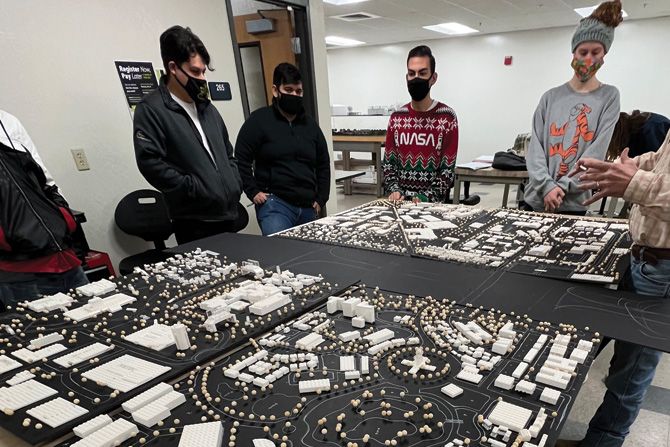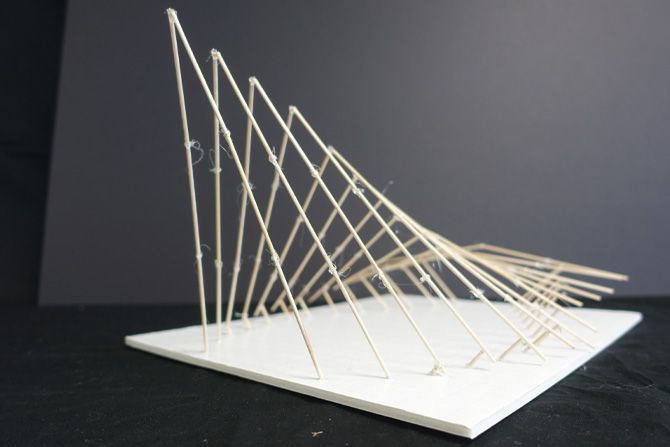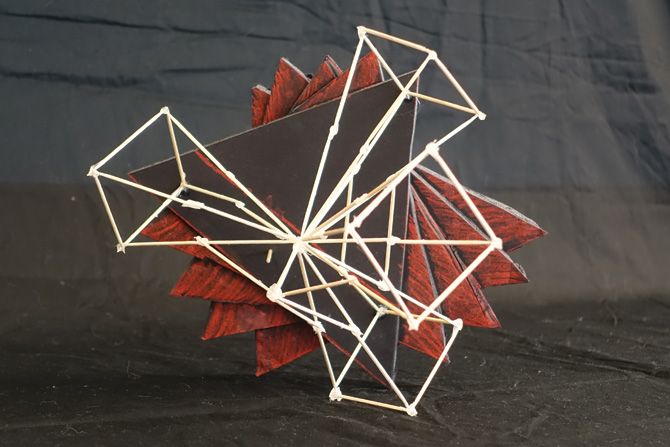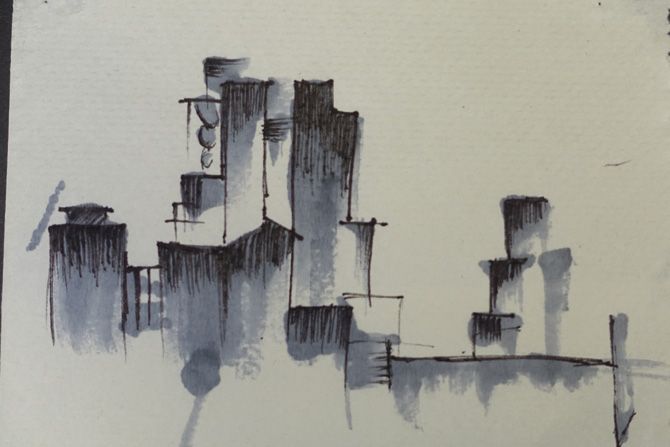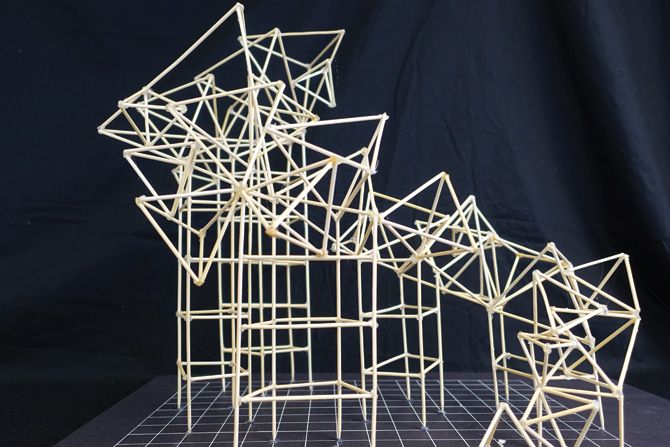What is ACE?
The Academy for Career Education, ACE High School, is the premiere career and technical-focused, tuition-free public high school in Reno. ACE opened in 2002 as a full-time institution and was the first academy in the area dedicated to preparing students for their careers through relevant, industry-standard education. After 20 years in business, ACE continues to honor its core beliefs:
- ACE believes that through both career and technical education and academic opportunities, it can prepare its students for post-secondary education and lifelong learning.
- ACE believes that through its career and technical education, it can prepare students to enter society as productive, responsible citizens with marketable skills for the new Nevada economy.
- ACE believes students thrive in small, innovative learning communities that encourage positive interpersonal skills, teamwork, and individual achievement.
- ACE believes its educational model is student-centered and relevant to professional careers in construction, engineering, manufacturing, mining, and transportation.
While any upcoming high school student can apply to ACE, they must understand the value of a dedicated work ethic, as students are expected to perform at an employable level. Students will spend their ninth-grade year in a Career Pathways program that allows them to understand each CTE program and the professions to which it could eventually lead. With this knowledge, students can thoughtfully select the CTE program they are most interested in. In addition to their general education requirements, students will be enrolled in their respective CTE programs, where they will focus much of their attention during their 10th, 11th and 12th grade years.
In ACE’s 20 years of operation, it has partnered with TMCC to offer students dual enrollment for 18 years. Through all dual-enrollment programs – including Architecture, which was adopted recently – there has been a wildly successful partnership due to the primary shared goal: to prepare students for their careers through relevant education.
The partnership between TMCC and ACE began as a Manufacturing dual-enrollment program, eventually adopting Diesel and, in 2020, Architecture.
Statistics and Expectations
The following statistics over the last several years speak for themselves:
- Academic year 2014-15: 85.6% graduation rate, 603 college credits earned and 60% of graduates with full-time employment.
- Academic year 2015-16: 90.8% graduation rate, 764 college credits earned and 58% of graduates with full-time employment.
- Academic year 2016-17: 95.8% graduation rate, 1,460 college credits earned and 76% of graduates with full-time employment.
- Academic year 2017-18: 95.1% graduation rate, 1,057 college credits earned and 77% of graduates with full-time employment.
- Academic year 2018-19: 100% graduation rate, 1,347 college credits earned and 68% of graduates with full-time employment.
- Academic year 2019-20: 100% graduation rate, 1,452 college credits earned and 71% of graduates with full-time employment.
- Academic year 2020-21: 100% graduation rate, 1,438 college credits earned and 66% of graduates with full-time employment.
While the architecture program is still working to achieve full build-out, ACE expects to see approximately 45 students in the upcoming academic years, with an average of 15 students graduating each year. The goal is to get those students interested in architecture early on, so after graduation from ACE, they’re on the fast track to their degree.
With the development of the Bachelor of Architecture, the ACE curriculum will soon change to ensure alignment between the lower- and upper-level courses. The goal is to allow students to earn certificates during their time with ACE, then continue through the AAS and eventually into the BArch seamlessly.
First Year
In the first year of the ACE architecture program, students will complete three college courses, earning up to nine credits, where their creativity and problem-solving skills will be challenged, as are the roots of architecture. With that, the focus is on the architectural process of programming, schematic, and design development stages. Naturally, students will be introduced to their first college-level lecture and the architecture studio environment. They will be expected to perform at the same level and successfully complete the same curriculum as typical college students. The first-year curriculum will begin with the introduction of different careers in and types of architecture, understanding legal terms and responsibilities, and potential salaries. Students will be exposed to profession-standard symbols, terminology, and workflow as well as theories and concepts of design, styles of architecture, sketching and representing ideas graphically, the design process, scaling and modeling.
The first year currently consists of five projects intended to get future designers thinking about form, programming and planning, and the design process. Here’s a breakdown:
- Residential Design Project: ACE begins students with residential design, assuming that most students are more familiar with a residential project than they might be with a commercial project. Students are presented with an L-shaped building footprint in which they must design a three-bedroom, two-bathroom residence, including a two-car garage. Students must create an accurately scaled floor plan, roof plan, elevations, and cross-section, then use these drawings to create their first scaled model. The materials used are graham crackers and frosting, familiar enough that students go in confident and difficult enough that they must do some problem-solving.
- Primary Elements: Students are introduced to the primary elements of architecture: point, line, plane and volume, and the concept of emotion related to a building. Every day we are impacted emotionally by the buildings we occupy. Not enough light? Low energy and poor concentration. Curving and sweeping walls of reflective metal paneling as in the Walt Disney Concert Hall by Frank Gehry? Magical and exciting. With this concept in mind, students are provided with words evoking emotions. They are then expected to use only points and lines to create a word diagram representing each emotion, followed by a word model using index cards as planes, and finally, an interconnected volumetric model representing three words together. This encourages students to think outside the box regarding forms and the experience their building will provide.
- The Coffee House: Furthering the idea that architecture inspires emotions, and now incorporating commercial architecture, students are presented with their first truly client-driven project. The fictitious client requests the students cultivate ideas for three different
coffee house experiences: 1) high energy, active, lively; 2) warm, safe, welcoming; and 3) minimalistic, environmentally aware, encouraging a connection to nature. - The Bug Project: One of the career pathways students are introduced to is Landscape Architecture. This project heavily emphasizes the process of design and incorporates nature for the first time. Students are required to select a bug, analyze it, and design both a sculpture garden and a museum that takes direct inspiration from the insect. The students must create a convincing presentation board that demonstrates how they found their solution.
- The Spaceship: Students are expected to focus on the program, form and scale for this project. An object found in the classroom is provided. It could be an adjustable triangle, computer headphones, or even a stapler. Like the bug project, students must take inspiration from their particular object’s function, mechanics and form to create a spaceship model that is aesthetic, functional, and would allow their travelers comfort during their time in space.
Second Year
In the second year of the ACE architecture program, students complete two college courses, earning up to nine credits. In the second year, students begin to understand the final drawing phase of the architectural process and construction documents. An emphasis is placed on thorough and coordinated drawings, professional drawing standards, accessibility, code compliance and constructability. Additionally, students learn how to operate AutoCAD, including modeling, layers, sheet coordination and plotting.
To keep with the theme of constructability, students are given a very rigid project with limited design where they are expected to design a 20’ x 30’ commercial business of their choosing that should have an accurate program based on its use. Upon completion, students will thoroughly understand AutoCAD and a set of construction documents, including a title sheet, floor, roof, site and foundation plans, elevations, cross sections, MEPs, and details on a standard title block.
In preparation for employment and internship opportunities, students also spend a part of their second year learning Adobe’s InDesign to develop an architectural portfolio, resume and cover letter. Their final test is participation in a mock-up interview with the Dean of Technical Sciences of TMCC and Landscape Architect Kreg Mebust, who asks industry-relevant questions to assess the student’s employability.
Third Year
In the third and final year of the ACE Architecture Program, students complete two college courses, earning up to nine credits for a potential total of twenty-seven credits. The third year is a combination of the first and second years. Students will begin applying what they learned in a balanced way: creativity, drafting and professional standards, and the art of presentation.
To start the year, ACE Architecture students will partner with ACE Construction program students. The architecture students will design and draft a standard set of construction documents for a simple 8’ x 12’ shed, and the construction students will build the shed based on the provided design. The architecture students will then use this very simple set of plans to learn the operation and documentation in Revit.
With Revit as a skill in their toolbox, architecture students spend the rest of their third year focusing on the design process, expanding their problem-solving skills, and developing models with the new BIM resources available to them. The design process will still be documented, allowing the students to understand what a typical workflow may actually look like in a professional work environment.
Projects will include a residential design project emphasizing modular design and a sensory museum, which should also include a sustainable emphasis. As with every project, students present their final solutions to each other in class and, occasionally, to a jury for critiques. Through this practice, students refine their presentation skills and understand what information and diagrams best tell their story.
Outcomes
The curriculum throughout the three years in the ACE Architecture program is curated to be as workforce relevant as possible. After all, our shared goal is to prepare our students for employment in the industry as possible, so while this is the current program outline, it is always subject to change based on current technology or professional practices.
With three years behind them, the students can earn up to 27 credits by completing their CTE program courses. Within those 27 credits, students can earn two skills certificates, one in AutoCAD Drafting and the other in Revit Drafting. In addition to that incredible opportunity, ACE students have the privilege of taking Middle College courses. A middle college course is any course at TMCC related to their program of study or ACE’s CTE mission, as long as it is offered outside their ACE schedule. This means students can earn as many credits as they want, which allows them to get a bigger jump toward their AAS. Students also have the potential to earn the 30-credit Certificate of Achievement in Architectural Drafting, which allows them to walk the graduation stage at the end of the third year. With these certificates and recognition of successful completion, students are more likely to be employed.
Another benefit of attending ACE: the instructors and administration work closely with TMCC’s Architecture Advisory Board to coordinate potential job shadows and internships with local architects, landscape architects and residential designers. In recent years, we’ve seen a job shadow turn into a part-time internship, and upon graduation, part-time became full-time over the weekend!
ACE High School truly sets students up for success, and to our advantage, along the AAS and BArch pathways. Because students are integrated into the program so early and have a significant head start once they officially begin college, they are likely to continue. At TMCC, we seek to know every student. With the help of ACE’s Career Counselor and Kellie Jonas, Dean of Students, we hope each student knows at least one faculty member they can ask for guidance when in need of informal academic advising.
The partnership and pipeline we are creating will likely change the architecture profession in Reno in the coming years. With the new ability to keep architecture students local and truly shape and foster their growth, change is bound to come in an area that desperately needs it.
Photo Credit: Student project photos provided by TMCC College of Applied Sciences.



